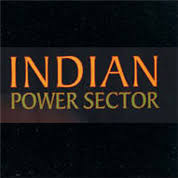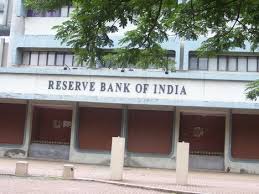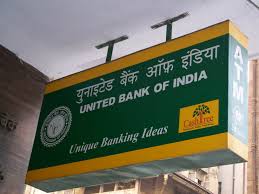 By Sanjeev Sharma Mar 17 2010 , New Delhi
By Sanjeev Sharma Mar 17 2010 , New Delhi
Infosys expects recovery to be a long–drawn affair, as,
despite the resumption of discussions
on discretionary projects, clients remain cautious on
tech spending in the near term, according to a Morgan
Stanley report.
According to the report, V Balakrishnan, Infosys chief
financial officer, in a meeting with Morgan Stanley i
ndicated that
70 to 75 per cent of clients had finalised their budgets
for 2010 and in most cases budgets were flat to up
(with increases of only up to 3 per cent year on year).
“Overall, the pace of decision-making has improved
and is better than what was seen in 2008.
The management expects banking and financial services to lead growth
in 2010, followed by telecom.
Clients in the retail vertical are relatively slow
adopters of offshore services and are likely to improve
with a lag, whereas manufacturing clients continue to
struggle and could take longer to recover,” says the report.
It says pricing pressure has dissipated and the pricing outlook
appears stable. However, Infosys is finding it tough to roll
back the one-year conditional pricing discounts given in 2009.
When contacted, Infosys board member and human resources director,
Mohandas Pai, declined to comment, saying that the company was
in the silent period. A Wipro spokesperson also said his company
was in the silent period.
Indian IT companies have been under pressure after clients cut
IT spending due to the global credit crunch. The IT industry has
been one of the sectors impacted by the slowdown.
After two quarters of flat growth, the industry is showing
signs of revival; companies announced improved results in the third quarter.
The next critical event will be Infosys guidance on April 13.
The Morgan Stanley report says the business momentum for offshore
deals has picked up since February. There has been a material
increase in the flow of requests for proposals (RFPs) and client
discussions on deals that were postponed earlier have also resumed.
“However, it is not clear to us whether the guidance will signal
materially higher growth rates. It is unclear if the recent improvement
in deal discussions, RFP flows, etc, is significant enough for the
management to guide for materially higher growth rates than
the 13 to 15% year-on-year growth indicated by Nasscom for 2010,”
the report says.
It adds that Infosys could implement another round of wage hikes in April.
“The Infosys management indicated that it had seen instances of irrational
pricing by a few offshore vendors outside of the top three. Infosys believes
that rising offshore wages could force pricing discipline in the market –
especially for smaller vendors,” it said.
According to an earlier Morgan Stanley report, Infosys management had
indicated that in Europe, growth in tech spending by clients could
range from flattish at the lower end to as much as 7 per cent at the
higher end.
As per the report circulated in the first week of March,
in investor meetings in London, Infosys executive council
member and head of manufacturing, B G Srinivas, indicated
that the company was witnessing clear signs of improvement
in the demand environment.
The report says that whereas earlier the focus was on cost
savings, now executives are focused on working and delivering
on the IT plans rather than just saving costs. This should result
in improved quality of conversations with clients – leading to a
higher flow of business.
It says that though Infosys is likely to outperform its
fourth-quarter guidance, the degree of outperformance
may not be as wide as in the third quarter. The euro and
the pound have depreciated by between 2 and 6 per cent against
the dollar over the past few weeks, which is likely to be drag
on growth. “Overall we continue to believe that even a 15 per
cent dollar revenue growth guidance could lead to a single-digit
earnings- per- share growth outlook in rupee terms (EPS of approximately Rs114)
for the next financial year.”
The report notes that Infosys also appears to have resumed print
advertising for hiring. “We have noticed print ads after a gap of
at least six months. We note that till 2008 such ads were a weekly
feature before they dried up in 2009. Given the increased focus on
hiring now, we would expect Infosys to further raise its full-year
hiring guidance from 15,000 campus hires to 20,000 in April this year.
The gross addition in 2010 could be between 25,000 and 30,000 employees.”
This (resumption of large- scale hiring) should lead to an across-the-board
increase in offshore wages for 2010, though the timing of the wage hike will
be interesting to watch, according to Morgan Stanley.
(With inputs from Bhaskar Hazarika)Source: Financial Chronicle


















